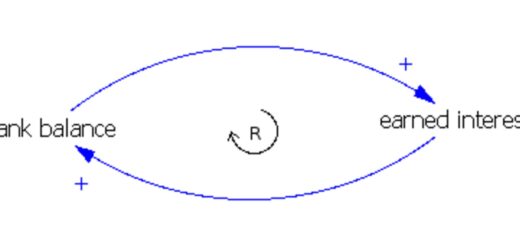Types of Data Visualization Charts
What are the different types of data visualization charts and advantages ?
1) Diagrams give a bird eye view of any type of data
2) Long lasting Impression
3) Easy to understand without knowing the basics of statistics
4) Save time and cost
What do you mean by the graph?
A graph is a display of points and lines. The pared values (x, y) are called coordinates of a point and plotted on a graph paper by suitably choosing the scales x and y-axis.
Simple Linear Regression in r » Guide »
In a single word, quantitative data is represented in an understandable form.
Types of Data Visualization Charts
Bar Diagram
The bar diagram represents the magnitude of a single factor according to time periods, places, items, samples, etc…
What is meant by a multiple bar diagram?
The adjoining bars are drawn according to the number of factors and their heights in proportion to the values of the factors in the same order for each period or place.
Each group can show in different colors and constant distance needs to be maintained between bars.
What are the usages of multiple bar diagrams?
The comparison of related factors in various years or at a number of places multiple bar diagrams are more suitable.

What is meant by the deviation bar diagram?
These types of diagrams are suitable to show the net deviations during various years or according to different countries or places.
In general, the positive deviation will show on the right-hand side and negative deviations will show on the left-hand side.
In the same way, duo-directional bar diagrams are used to exhibit the two aspects of a single factor at glance given for different periods or places.
Regression in R-Ultimate Guide »
This type of diagram has two parts above and below the baseline. In generally used for comparing the cost and price, Price will represent above the baseline and cost will represent below the baseline.
What is meant by paired bar diagrams?
Paired bar diagrams are more suitable when two related factors having different units of measurements are to be displayed for comparison in various periods or places.
A sliding bar chart is similar to a paired bar diagram, It is a bilateral chart in which two components of a factor are represented by two parts of the bar.
In this chart, one part will represent the left-hand side of the baseline and another one should be the right-hand side of the baseline.
Broken Bars
Broken bars are mainly used for different types of scales. For example, some of the parameters represent 1 to 1000 and another parameter represents 1 to 30. This type of chart will help us to remove the discrepancies.
Pie chart
A pie chart is a circular diagram that is usually used for depicting the components of a single factor. The circle is divided into components that are proportioned to the size.

A histogram is a bar diagram that is suitable for frequency distributions with continuous classes.
The width of all bars is equal to class interval and the heights of the bars are in proportion to the frequencies of the respective classes and the bars are never overlap.
Side-by-Side plots with ggplot2 »
When the midpoints of the tops of the adjacent bars of a histogram are joined in the order called a frequency polygon.
If the mid-point values are joined with a smooth curve then it’s called a frequency curve.
Circular baseline chart
It is a sort of bar diagram in a circular base, in other words, it’s called a spider chart. In this diagram, the periods are taken on a circle just like the dial of a clock and equidistant concentric circles represent a certain frequency.
Step Bar or Column Chart
In the step bar chart, item names are taken along a vertical baseline, and bars are taken horizontally on an arithmetic scale. These are substitutes for pie charts.
Overlapping bar charts
In this type of chart, one bar penetrates into the next bar by half of its width. These types of charts will save space.
Naive Bayes Classification in R » Prediction Model »





